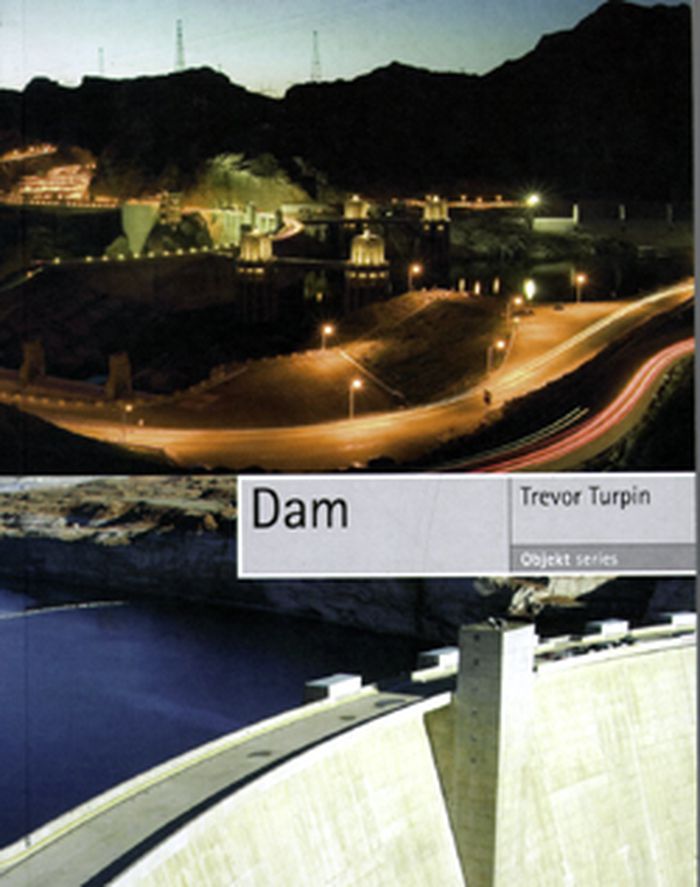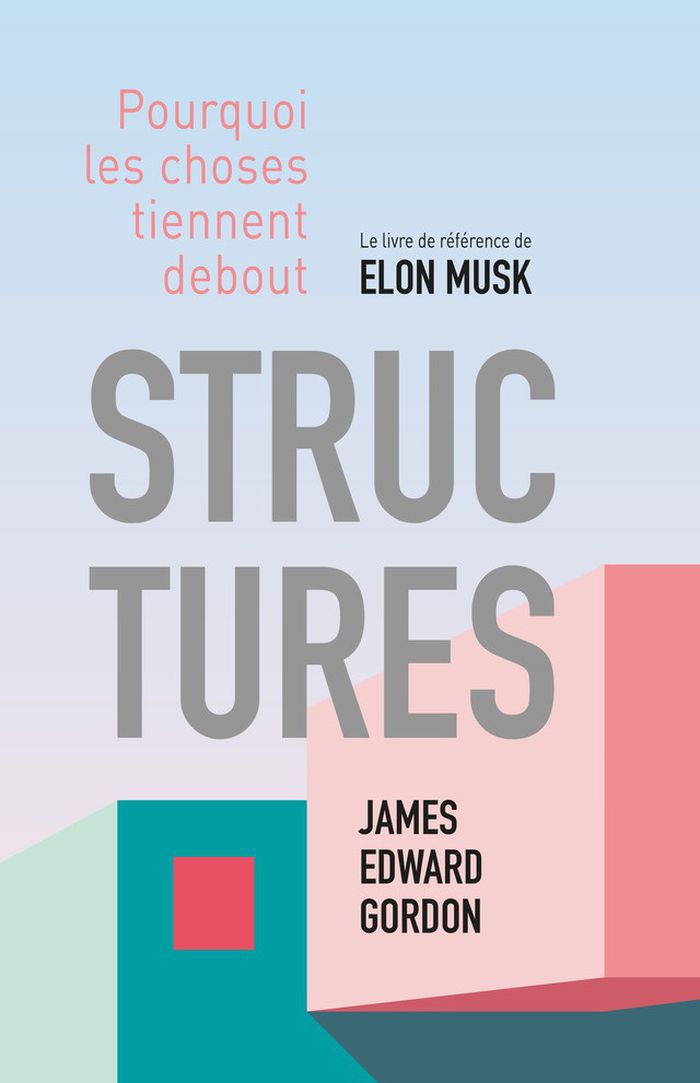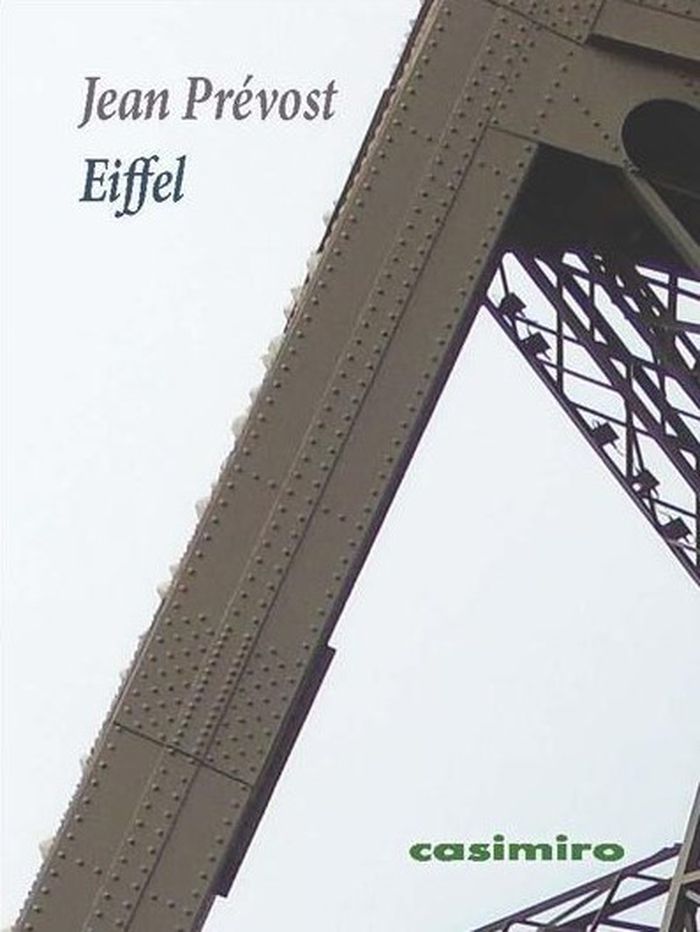$31.00
(available to order)
Summary:
Dam, a new addition to Reaktion’s Objekt series, traces the development of dams from the Industrial Revolution to the present day through a number of themes – both successes and failures – including the extension of the design teams forming an alliance between engineering, architecture, landscape architecture and ecology. A profusely illustrated exploration of a(...)
Dam
Actions:
Price:
$31.00
(available to order)
Summary:
Dam, a new addition to Reaktion’s Objekt series, traces the development of dams from the Industrial Revolution to the present day through a number of themes – both successes and failures – including the extension of the design teams forming an alliance between engineering, architecture, landscape architecture and ecology. A profusely illustrated exploration of a previously neglected subject, this book is neither a polemic against dams nor a defence of their proliferation. It offers a fresh and much-needed account of their design, construction and function, which will appeal to dam engineers, environmentalists, historians and students, as well as those who previously recognized only The Dambusters march.
Engineering Structures
books
$44.95
(available to order)
Summary:
Why does technology change over time, how does it change, and what difference does it make? In this sweeping, ambitious look at a thousand years of Western experience, Robert Friedel argues that technological change comes largely through the pursuit of improvement--the deep-rooted belief that things could be done in a better way. What Friedel calls the "culture of(...)
A culture of improvement : technology and the western millennium
Actions:
Price:
$44.95
(available to order)
Summary:
Why does technology change over time, how does it change, and what difference does it make? In this sweeping, ambitious look at a thousand years of Western experience, Robert Friedel argues that technological change comes largely through the pursuit of improvement--the deep-rooted belief that things could be done in a better way. What Friedel calls the "culture of improvement" is manifested every day in the ways people carry out their tasks in life--from tilling fields and raising children to waging war. Improvements can be ephemeral or lasting, and one person’s improvement may not always be viewed as such by others. Friedel stresses the social processes by which we define what improvements are and decide which improvements will last and which will not. These processes, he emphasizes, have created both winners and losers in history. Friedel presents a series of narratives of Western technology that begin in the eleventh century and stretch into the twenty-first. Familiar figures from the history of invention are joined by others--the Italian preacher who described the first eyeglasses, the dairywomen displaced from their control over cheesemaking, and the little-known engineer who first suggested a grand tower to Gustav Eiffel. Friedel traces technology from the plow and the printing press to the internal combustion engine, the transistor, and the space shuttle. Friedel also reminds us that faith in improvement can sometimes have horrific consequences: improved weaponry makes warfare ever more deadly and the drive for improving human beings can lead to eugenics and even genocide. The most comprehensive attempt to tell the story of Western technology in many years, engagingly written and lavishly illustrated, A Culture of Improvement documents the ways in which the drive for improvement has shaped our modern world.
books
May 2007, Cambridge / London
Engineering Structures
books
Construire en acier
$163.00
(available to order)
Summary:
L'avènement au XIXe siècle du matériau acier a fondamentalement contribué à l'évolution de l'architecture, en ouvrant des possibilités jusqu'alors insoupçonnées dans le domaine des portées et des hauteurs de bâtiments. De nos jours, la technique de construction incite à réaliser des performances toujours plus remarquables et à rechercher de nouvelles formes de bâtiments :(...)
Engineering Structures
January 2003, Lausanne
Construire en acier
Actions:
Price:
$163.00
(available to order)
Summary:
L'avènement au XIXe siècle du matériau acier a fondamentalement contribué à l'évolution de l'architecture, en ouvrant des possibilités jusqu'alors insoupçonnées dans le domaine des portées et des hauteurs de bâtiments. De nos jours, la technique de construction incite à réaliser des performances toujours plus remarquables et à rechercher de nouvelles formes de bâtiments : le matériau acier a affranchi la construction de presque toutes les limites. Les auteurs de "Construire en acier" se sont proposés de centrer leur ouvrage autour du thème de l'unité de la conception et de la construction, et de présenter clairement les assemblages appropriés à ce type de construction, en fonction du matériau, du traitement, de la fabrication et du montage de l'ouvrage. Largement illustré, ce livre a l'ambition d'être à la fois un manuel et un traité sur la construction en acier. Il offre aux architectes et aux ingénieurs ainsi qu'aux étudiants une référence précieuse sur leur travail de concepteurs ou de constructeurs.
books
January 2003, Lausanne
Engineering Structures
$41.95
(available to order)
Summary:
Si notre monde ressemble à ce qu’il est, si les choses se maintiennent les unes aux autres sans tomber, c’est grâce à des principes simples et universels. Qu’il s’agisse d’une cathédrale plusieurs fois centenaire, de votre habitation, d’un avion, d’un bateau, d’un kangourou, d’une coquille d’œuf ou de vos propres articulations, tout n’est au fond qu’histoire de(...)
Structures : Pourquoi les choses tienent debout
Actions:
Price:
$41.95
(available to order)
Summary:
Si notre monde ressemble à ce qu’il est, si les choses se maintiennent les unes aux autres sans tomber, c’est grâce à des principes simples et universels. Qu’il s’agisse d’une cathédrale plusieurs fois centenaire, de votre habitation, d’un avion, d’un bateau, d’un kangourou, d’une coquille d’œuf ou de vos propres articulations, tout n’est au fond qu’histoire de structures. Comprendre comment elles fonctionnent, c’est comprendre l’organisation du monde, rien de moins (et construire ensuite ce que bon vous semble, comme des fusées, par exemple). Affaire de spécialistes que tout cela? Absolument pas! J.E. Gordon le démontre dans ce livre plein d’esprit, sans simplification ni jargon excessifs: comprendre une structure est un jeu d’enfant pour qui sait observer. Il est même probable qu’après avoir lu des chapitres comme «l’avantage d’être une poutre» ou «comment concevoir une vis», vous serez très tentés de vous lancer dans la construction de votre propre plancher, d’une catapulte ou d’un pont suspendu.
Engineering Structures
$14.95
(available to order)
Summary:
L’excellence théorique, la perfection technique des lignes qu’il a appliquées suffiraient pour défendre Gustave Eiffel contre toute la tradition antérieure, mais il est plus juste de le déclarer d’accord avec le sens profond de cette tradition même. Eiffel est un classique.
Eiffel
Actions:
Price:
$14.95
(available to order)
Summary:
L’excellence théorique, la perfection technique des lignes qu’il a appliquées suffiraient pour défendre Gustave Eiffel contre toute la tradition antérieure, mais il est plus juste de le déclarer d’accord avec le sens profond de cette tradition même. Eiffel est un classique.
Engineering Structures
$110.00
(available to order)
Summary:
Robust architecture is designed to meet needs; its structures are sufficient, resilient and suited to the location. It embraces the potential of simplicity, traditional building methods and alternative ways of building sustainable architecture, with an emphasis on local building materials, solid craftsmanship, proven construction methods and user participation. Its design(...)
Robust architecture: Low tech design
Actions:
Price:
$110.00
(available to order)
Summary:
Robust architecture is designed to meet needs; its structures are sufficient, resilient and suited to the location. It embraces the potential of simplicity, traditional building methods and alternative ways of building sustainable architecture, with an emphasis on local building materials, solid craftsmanship, proven construction methods and user participation. Its design strategies, combined with state-of-the-art planning tools and research findings, look ahead to a climate-positive future. The book gives detailed information on the concepts behind Robust Architecture and Low-Tech Design. It illuminates various strategies and demonstrates how they can be easily implemented. Examples of realised projects with very different demands and requirement profiles show how straightforward robust building can be.
Engineering Structures
$62.50
(available to order)
Summary:
This book outlines the history and development of large urban train stations throughout the Western world. It covers a 100-year period from roughly 1850 to 1950. Striking photographs chronicle 40 large passenger station buildings still in existence. The basic physical forms and their evolution are reviewed in the context of the rapid growth of train travel. Christopher(...)
Still standing : a century of urban train station design
Actions:
Price:
$62.50
(available to order)
Summary:
This book outlines the history and development of large urban train stations throughout the Western world. It covers a 100-year period from roughly 1850 to 1950. Striking photographs chronicle 40 large passenger station buildings still in existence. The basic physical forms and their evolution are reviewed in the context of the rapid growth of train travel. Christopher Brown discusses the arrival and impact of Beaux-Arts architecture in the 1890s and its profound effect on the American terminal.
Engineering Structures
$64.95
(available to order)
Summary:
All undergraduates of civil engeneering and architecture have to study the fundamentals of structure, but many find the basic concepts difficult to grasp and apply. The aim of this book is to explain structural concepts clearly, using analogies and examples to illustrate the points, and it presents mathematical aspects of the subject in a straightforward way. It(...)
Basic structures for engineers and architects
Actions:
Price:
$64.95
(available to order)
Summary:
All undergraduates of civil engeneering and architecture have to study the fundamentals of structure, but many find the basic concepts difficult to grasp and apply. The aim of this book is to explain structural concepts clearly, using analogies and examples to illustrate the points, and it presents mathematical aspects of the subject in a straightforward way. It incorporates real life examples and case histories to illustrate concepts, and is well illustrated with photographs as well as line drawings. It features worked examples, along with tutorial questions with fully worked solutions available online.
Engineering Structures
$69.95
(available to order)
Summary:
This book presents a history of the railway station, from the Gare de L'Est in Paris of the 1950s to the striking proposal by David Childs of Skidmore, Owings & Merrill for a new Pennsylvania Station in New York City at the end of the 1990s. The author's introduction provides an overview of the history of railway architecture, citing its most significant developments.(...)
Railway stations from the Gare de l'Est to Penn Station
Actions:
Price:
$69.95
(available to order)
Summary:
This book presents a history of the railway station, from the Gare de L'Est in Paris of the 1950s to the striking proposal by David Childs of Skidmore, Owings & Merrill for a new Pennsylvania Station in New York City at the end of the 1990s. The author's introduction provides an overview of the history of railway architecture, citing its most significant developments. Individual project documentation begins with the Gare de L`Est, the first major railway station of the nineteenth century. The elegant Grand Central Terminal in New York City, of 1903-13, is documented through archival material, including engineering drawings and period as well as contemporary photographs. Other striking stations featured are by Antonia Cruz and Antonio Oritz, Hiroshi Hara, Santiago Calatrava, and Ben von Berkel and Caroline Bos of UN Studio.
Engineering Structures
books
$97.50
(available to order)
Summary:
Transport buildings - railway stations, airport terminals, bus and coach stations, motorway service areas, filling stations, and garages - are such a part of everyday scenery they are easily overlooked. This book is the first to take a close look at the architecture of British transport buildings of the twentieth century, a period during which transportation systems,(...)
Engineering Structures
February 2005, New Haven
The Architecture of British transport in the twentieth century
Actions:
Price:
$97.50
(available to order)
Summary:
Transport buildings - railway stations, airport terminals, bus and coach stations, motorway service areas, filling stations, and garages - are such a part of everyday scenery they are easily overlooked. This book is the first to take a close look at the architecture of British transport buildings of the twentieth century, a period during which transportation systems, methods, and even purposes underwent enormous change. The contributors to the book consider both well known and unfamiliar transport buildings from a variety of intriguing viewpoints. They explore the design and promotion of the London Underground, the battle between road and rail, the intentions of architects - to glamorize travel, to calm fears, to accommodate huge numbers of travellers - and the political and cultural significance of the transport buildings that have become a major part of modern life.
books
February 2005, New Haven
Engineering Structures






